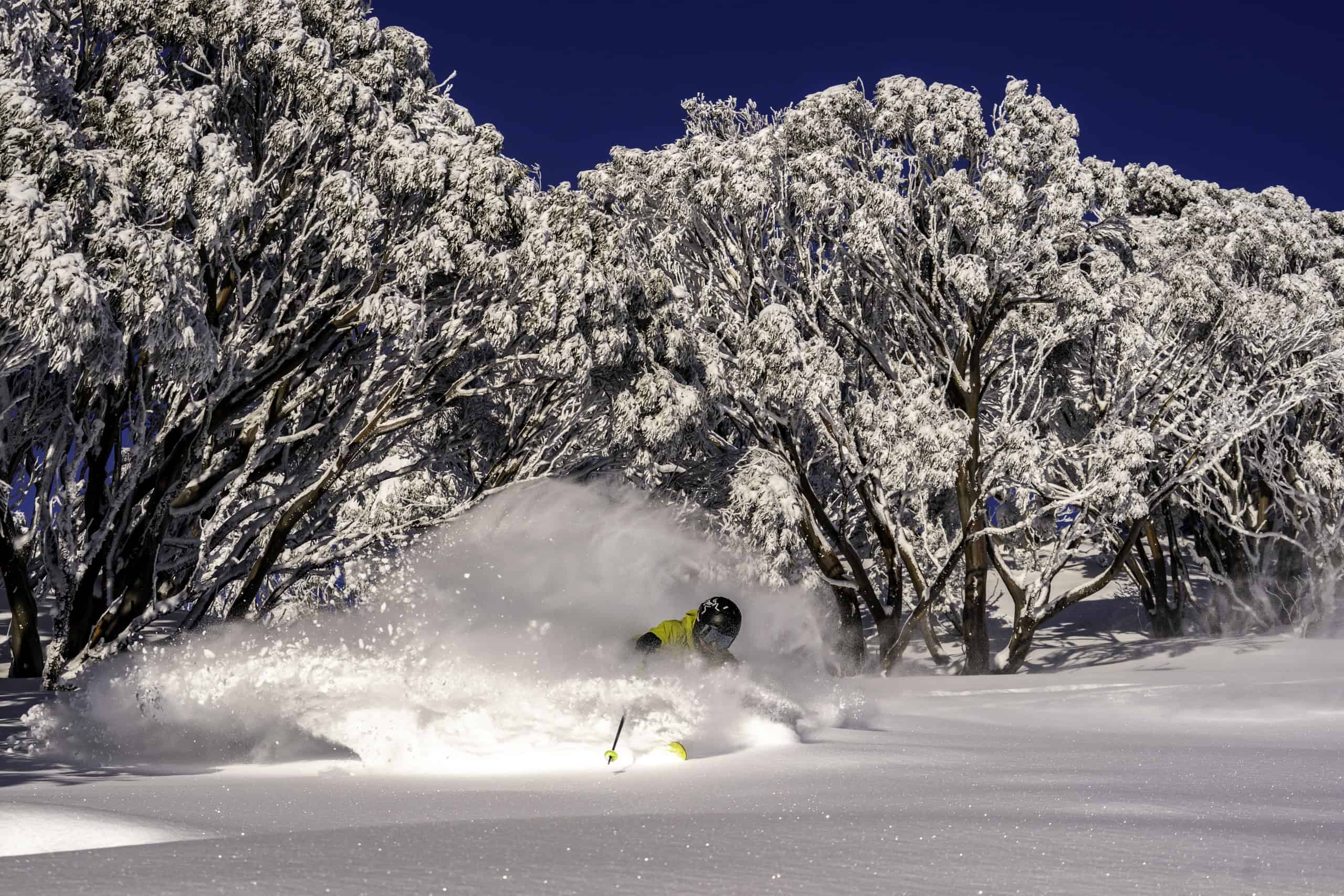Find Out Why Snow In Australia is a Top Destination for Travelers
Wiki Article
Discover the Fascinating Results of Snow in Australia on Regional Communities
Regardless of its online reputation for sun-soaked landscapes, Australia also flaunts areas buried by snow-- a phenomenon that exceptionally influences the country's one-of-a-kind environments. The shielding properties of snowflakes protect plants and fauna amidst the coldest winters, while the melting snow nurtures rivers and marine life.The Unanticipated Regions of Snowfall in Australia
Although Australia is typically connected with sun-scorched landscapes and sandy coastlines, particular areas surprisingly experience snowfall. The high nation regions of New South Wales, Victoria, and Tasmania are specifically known for their wintertime snow. The Snowy Hills in NSW, as an example, receive bountiful seasonal snow, offering a stark comparison to the nation's regular hot, dry climate. The Victorian Alps and parts of Tasmania likewise see annual snowfalls, transforming the landscape right into a wintertime heaven. These locations are not simply anomalies however integral components of Australia's diverse climate system. The presence of snow in these areas considerably influences regional ecosystems, consequently affecting the nation's one-of-a-kind biodiversity. However, the particular influence on Australia's distinct vegetation will certainly be talked about in the next section.
Exactly How Snow Impacts Australia's One-of-a-kind Vegetation
These plants have actually progressed to make it through in extreme problems, with snow serving as a safety blanket from freezing temperatures and rough winds. The snow also contributes to the wetness web content of the soil, supplying necessary hydration for plant life during the dry summer months. In essence, the snow influences the timing of blooming and seed dispersal, the development rates, and the survival of several plant types, showcasing the complex interaction in between climate and vegetation in Australia.
The Adaptations of Australian Fauna to Snowfall
Equally as Australia's flora has actually adjusted to the wintery conditions, the local animals too, display impressive adaptations to the snowfall. Types like the Mountain Pygmy-possum, the only Australian marsupial known to hibernate, have advanced techniques to survive in snowy atmospheres. It utilizes the snow as insulation, hibernating in rock gaps under the snow to stay warm. Similarly, the Snow Skink, a types of lizard, transforms its colour to white during winter season, offering camouflage against killers. Birds such as the Snowy Hills' Crimson Rosella likewise readjust their diets to take in readily available food resources during chillier periods. Hence, regardless of the extreme conditions, Australian fauna shows a durable and flexible nature, great site ensuring their survival in areas experiencing snowfall.The Role of Snow fit Neighborhood Ecosystems
In shaping the local communities, the function of snow in Australia is both profound and multilayered. Snow offers a crucial water resource, feeding rivers and tanks as it melts, hence sustaining a selection of water life kinds. The visibility of snow shapes the plants patterns, pet habits, and overall sustainability of Australia's special ecosystems.
The Future of Snowfall in Australia: Implications and forecasts

Provided the vital role snow plays fit neighborhood environments, the future of snowfall in Australia is attracting raising attention from researchers and environmentalists. Current climate versions predict a substantial reduction in snowfall due to worldwide warming, with possibly profound effect on regional ecosystems. Much less snow might cause minimized water availability in alpine regions, adversely impacting wildlife environments and plant. Moreover, it can modify the timing of seasonal changes, interfering with the life cycles of numerous indigenous types. The tourist industry, greatly reliant on the wintertime snow period, may likewise encounter considerable difficulties. Consequently, understanding these predictions and their ramifications is important to develop effective preservation approaches, making sure the preservation of Australia's distinct biodiversity and the sustainability of its economic situation.
Final Thought
The duty of snow in Australia's environments is pivotal yet frequently overlooked. It works as a protector, a nurturer, and a shaper of diverse towering types, contributing to the splendor of Australia's high nation. As climatic patterns continue to shift, understanding the implications and prospective makeovers of these snow-influenced communities is vital. Hence, the snow in Australia is a lot Get the facts more than a natural spectacle; it's a crucial gamer in the country's environmental narrative.Despite its track record for sun-soaked landscapes, Australia additionally flaunts areas buried by snow-- a sensation that greatly affects the country's one-of-a-kind communities. It utilizes the snow as insulation, hibernating in rock crevices beneath the snow to stay cozy - Does Australia Get Snow.In shaping the local environments, the role of snow in Australia is both multilayered and profound. The visibility of snow shapes the plant life patterns, pet habits, and total sustainability of Australia's one-of-a-kind ecosystems
Offered the important duty snow plays in shaping regional environments, the future of snowfall in here Australia is attracting raising attention from scientists and environmentalists.
Report this wiki page